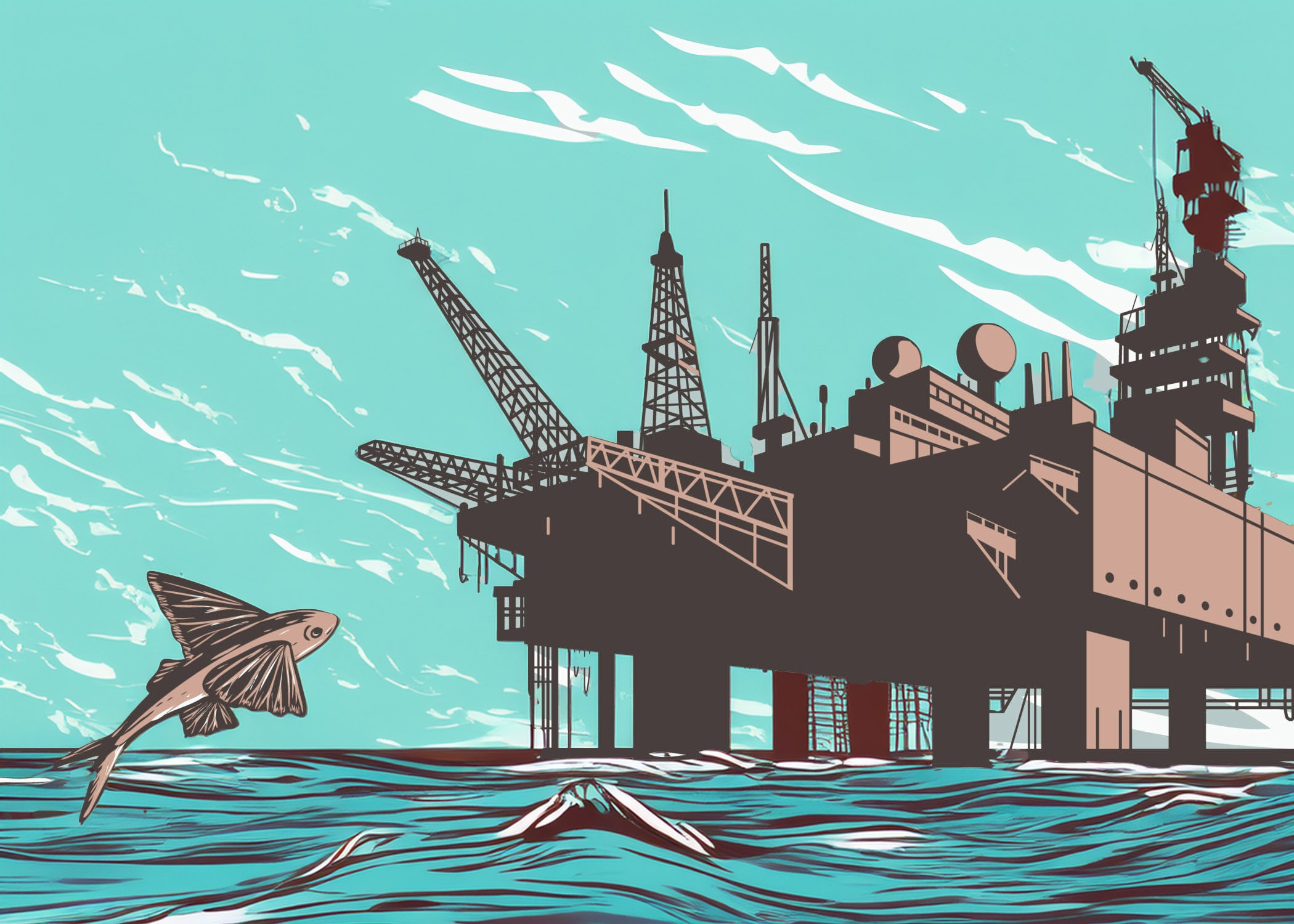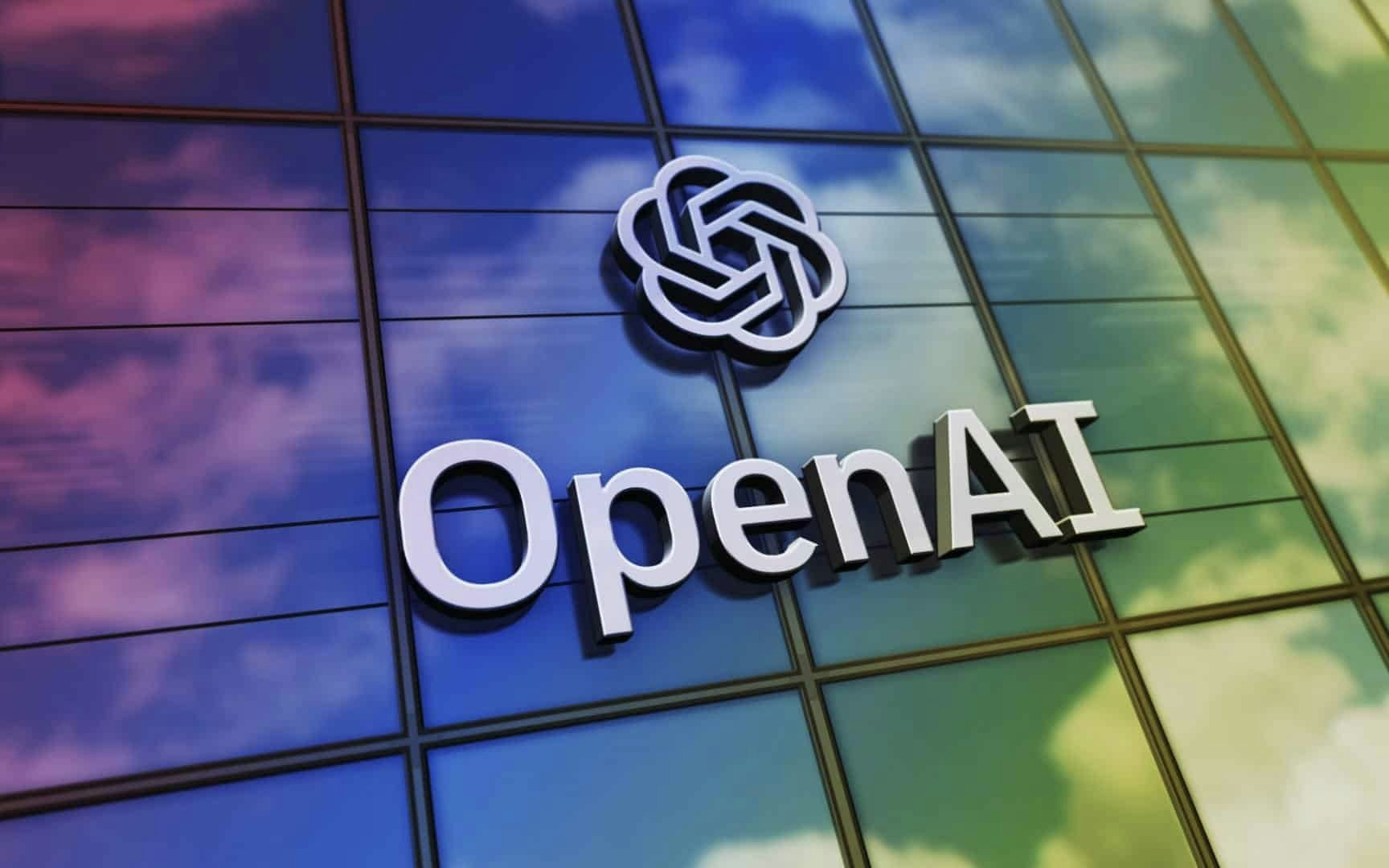Green
Methane Disaster: How Oil and Gas Giants Conceal Their Emissions and Escape the Climate Crisis
Despite advanced satellite technology and international climate summits, methane is leaking in alarming quantities—undetected and often deliberately.

Near the Caspian Sea, barely 30 miles away from the COP29 climate summit in Baku, an invisible but deadly gas is freely flowing into the atmosphere: methane, the second-largest driver of global warming. Often escaping public perception, this "hidden" climate poison has a dramatic effect on the greenhouse effect. Eulerpool was the first to report new data collected by a sensor on the International Space Station, revealing six massive methane plumes in Azerbaijan—right while the global community is convening here to address the climate crisis.
The organization Carbon Mapper analyzed the data and confirmed: All these emissions originate from oil fields near Baku. Further methane clouds were discovered at the massive Sangachal terminal. Methane, often released or flared as a byproduct of oil and gas extraction, is usually invisible. However, for the affected population it is anything but harmless: The toxic gas cloud contains not only methane but also carcinogens and other dangerous chemicals.
Methan: Der gefährlich unterschätzte Klimatreiber
Methane is often overshadowed by carbon dioxide, yet its climate-damaging impact is devastating. Over 20 years, it is about 80 times more potent than CO₂, and it is estimated to contribute to around 30 percent of global warming since industrialization. Additionally, methane forms ground-level ozone, which claims the lives of around one million people worldwide each year due to respiratory diseases and toxic environmental pollution. Besides agriculture and landfills, the fossil fuel industry is considered a major source of these emissions.
Absicht oder Zufall? Die versteckten Tricks der Energiekonzerne
Oil and gas giants worldwide are employing different methods to conceal their methane emissions. The energy sector's methane emissions reached a record high in 2023 – an alarming fact, considering that reducing methane is regarded as the fastest and most cost-effective measure in the fight against climate change.
The new satellites that provide detailed emissions maps are used by companies like Carbon Mapper to specifically detect methane plumes. Unlike previous technologies that relied on ground measurements, the current satellite technology enables global monitoring and precise localization of methane sources. However, even with this new transparency, the industry is well-equipped to conceal its emissions.
Mark Davis, CEO of the flare specialist Capterio, explains that almost seven percent of the extracted gas is lost through leaks or emergency flaring. These "losses," if captured and marketed, could not only reduce emissions by 6.8 billion tons of CO₂ equivalent but also generate annual revenues of 50 billion dollars for the industry.
Fackeln im Dunkeln: Routine oder "Notfall"?
Burning excess gas – also known as flaring – is a common practice in the industry. The World Bank estimates that the amount of gas burned annually would be enough to supply energy to all of Sub-Saharan Africa. Although 50 companies committed at the COP28 summit to end routine flaring by 2030, the definition of "emergencies" remains broad and often inconsistent until then. Critics suspect that some companies routinely declare flaring as an "emergency measure" to cover up their emissions.
Jonathan Banks, Global Director of the Clean Air Task Force, emphasizes: "The major international oil companies are far from achieving the necessary reductions in flaring." A lack of standardized regulations and voluntary-based oversight give the industry plenty of leeway.
Die Rolle der Technik: Satelliten im Wettlauf gegen die Methan-Krise
In the past two years, at least 13 satellites have been launched into orbit to monitor methane emissions.
But whether the detected emissions can be curbed quickly enough remains a challenge. UNEP's methane monitoring system recently informed the Argentine government about a satellite leak, which was promptly repaired. However, in other cases, the quick response is lacking.
Fehlende Strukturen: Ein regulatorischer Wettlauf mit der Zeit
The EU recently introduced comprehensive methane regulations requiring energy companies to systematically monitor, detect, and repair leaks. Starting in 2027, companies outside the EU wishing to export to Europe will also be subject to strict conditions. In the USA, the Biden administration plans a methane tax of $900 per ton in 2024, rising to $1,500 by 2026.
But the regulatory plans are on shaky ground: Experts warn that a change in government in the USA could undo these advances. Paul Bledsoe, a climate advisor in the White House under President Clinton, explains: "The Biden administration's regulations, which are supposed to promote deep reductions, are at risk of being repealed.
Also the Inclusion of China and Other Major Emitters Remains Crucial. "Without a Clear Methane Strategy from the Major Emitters, There is Little Hope of Limiting Global Warming to 1.5°C," says Marcelo Mena of the Global Methane Hub.
Der Kampf gegen Methan: Ein Rennen gegen die Zeit
Methane may be invisible and odorless, but its consequences are unmistakable. The current state of technology gradually reveals the true extent of the problem. The only question is whether the international community and industry are ready to take the necessary steps in time.




